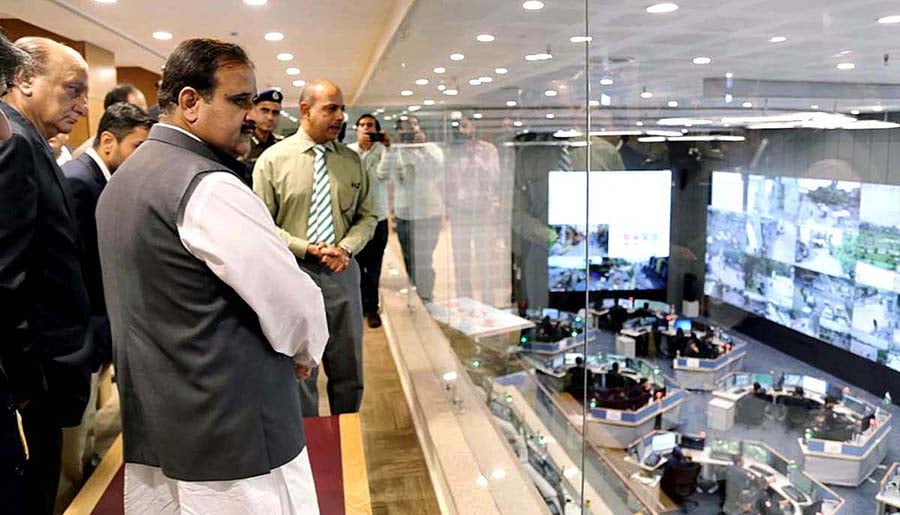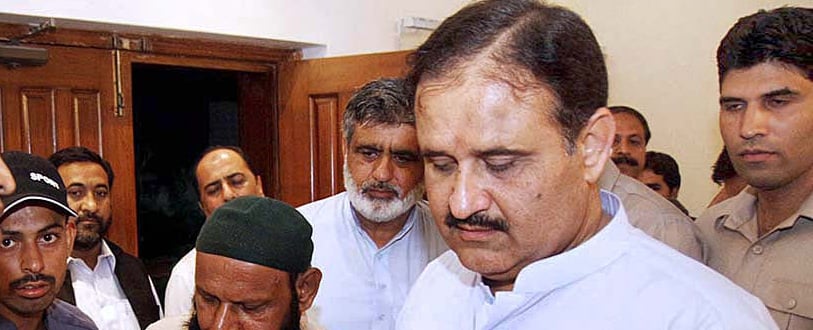When will Pakistan’s first metro train be up and running? There is confusion at all levels of the project
Text and Photos by Saad Sarfraz for GEO.
The wide-spreading space, previously teeming with cranes and workers, is now dug up and abandoned. A half-constructed building, which was to be the Central Station, stands silent. Debris piled up around it. Here, in Lahore’s Harbanspura area is where the journey was to begin for Pakistan’s first metro train, the Orange Line. But work on the project came to a screeching halt, earlier this year.
Ignoring the on-ground reality, officials from the Lahore Development Authority (LDA), tasked to complete the project, insist that the Orange Line Metro Train (OLMT) is charging towards completion. Work is 90 per cent done and all 27 train sets had arrived from China in April, they add. But that was April. The Pakistan Muslim League-Nawaz (PML-N) was in power then. Its chief minister, Shehbaz Sharif, had launched the project in 2014 and was personally overlooking its construction. He had hoped to have the train up and running through Lahore, Pakistan’s second most populous city, before the July election. That didn’t happen. Now its rival, the Pakistan Tehreek-e-Insaaf (PTI), has formed government at the center and in the Punjab province.
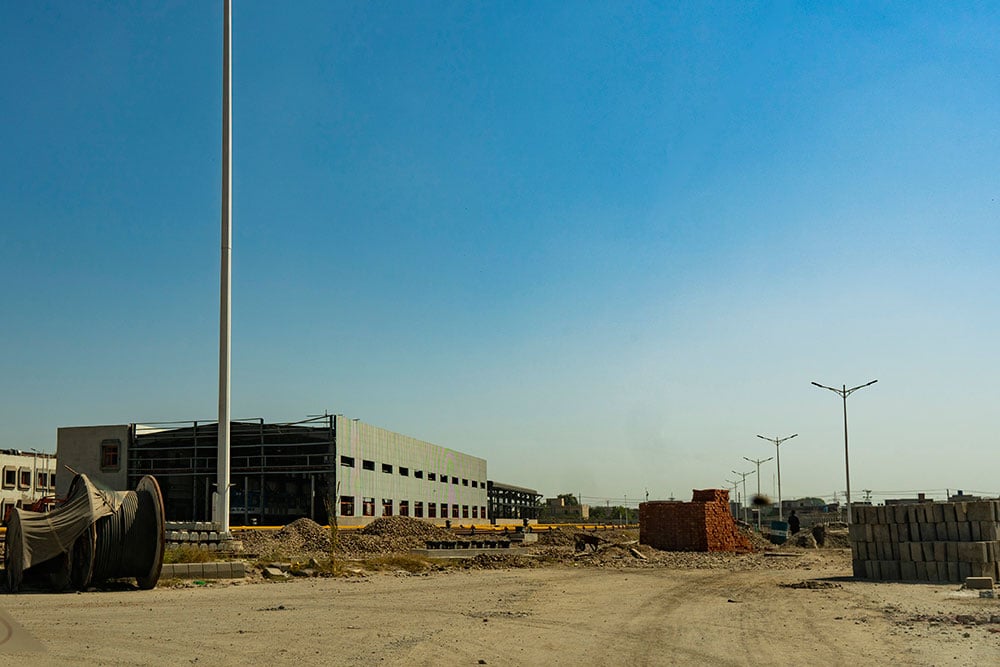
Go slow?
Once installed prime minister, Imran Khan, refuted any suggestions of a rollback on projects, such as the Orange Line, launched under the multi-billion-dollar China-Pakistan Economic Corridor (CPEC). But soon after, he promised to ensure more transparency going forward.
Last month, the prime minister’s commerce advisor was quoted by the Financial Times as saying that the CPEC “unfairly benefits Chinese companies” and suggested that such projects could be put on hold for a year to review the terms of agreement. However, the advisor later stated that his words were taken out of context.
Despite the assurances, work on the Orange Line has stalled. The remaining funds for the $1.6 billion project have yet to be released. The contractors haven’t restarted work due to non-payment since March, say officials, who spoke on the condition of anonymity.
Back at the Central Station there are few signs of activity. The Chinese workers, Geo.tv reached out to for comments, did not speak any English. No interpreter was present and their local counterparts avoided direct questions about the project. Till the sun set, the workers lay lazily around the site, against the backdrop of a blue locomotive gathering dust.
“The situation is quiet worrying,” said Khawaja Ahmad Hassan, the former chairman of a steering committee for the metro train. “There seems to be complete silence from the Chinese side. The new government has created an awkward situation.”
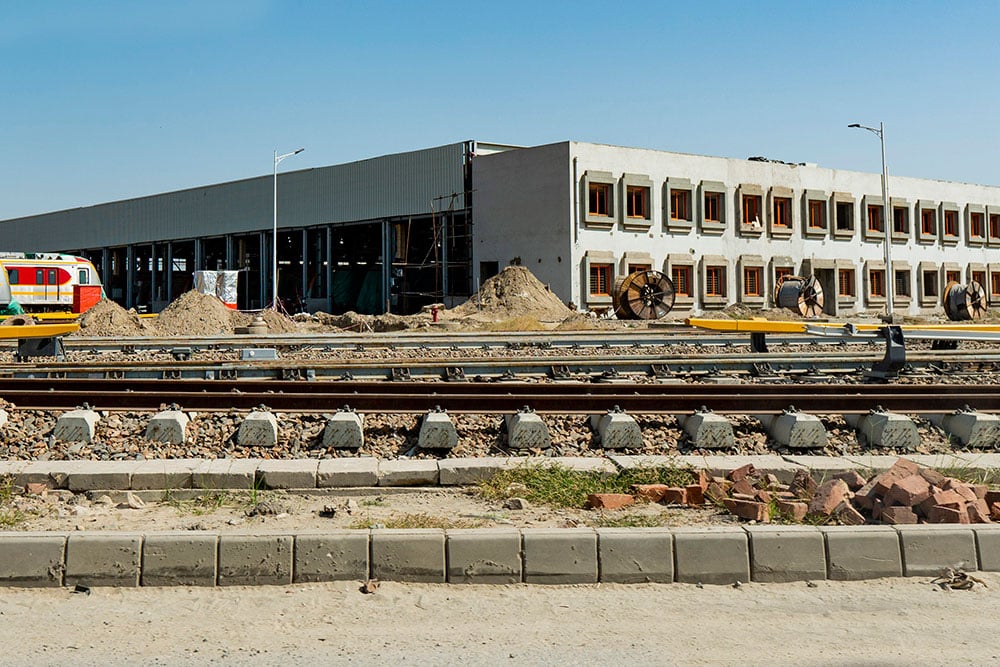
Money matters
Launched in 2014, in collaboration with a Chinese company, the train is expected to run 27-kilometers through Lahore, and transport up to 250,000 passengers a day.
China’s Exim Bank provided Rs150 billion for the Orange Line, adds Hassan. While the China Railway Corporation and China North Industry Corporation (CR-NORINCO) sublet the construction to the LDA, which hired two contractors, the Habib Construction and Zahir Khan & Brothers.
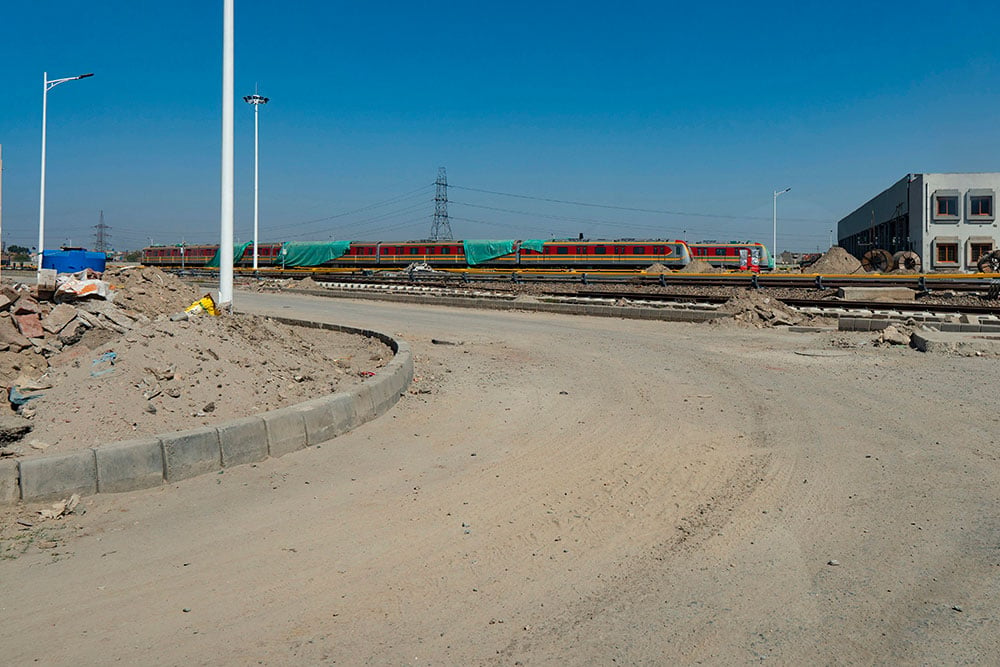
Even before the PTI came to power, the high-speed rail encountered many speed bumps. The OLMT was expected to run by October 2017. That deadline was missed, as it ran into legal troubles. Later, the Supreme Court gave it a go-ahead. A new deadline was set: March 2018. But that too came and went.
“The previous government gave us an unrealistic timeline,” an employee of the Habib Construction Services (HCS), who asked not to be named, told Geo.tv. The HCS and ZK&B were responsible for the civil works, including laying the train tracks, and setting up the stations, which they have completed. “The project has now been handed over to the Chinese firm, CR-NORINCO, which will work on the mechanical and electrical aspects. Some minor construction from our side is left, but our bills have not been paid,” the employee added.
Defending the PML-N government, Hassan said that the delay in payments was due to the court hold-ups which led to a hike in the cost. “We needed an additional Rs 15 billion, which the then-chief minister said would be raised locally.”
Now the PTI government has “inherited the costly project.” In a speech to the Punjab assembly, Makhdoom Hashim Jawan, the provincial finance minister, estimated that the previous government owed the contractors Rs 60 billion. He further called the OLMT an expensive publicity project launched in the name of development. “The former government declared that it would cost Rs 165 billion, but Rs 250 billion were spent and the project is still incomplete,” said the minister.
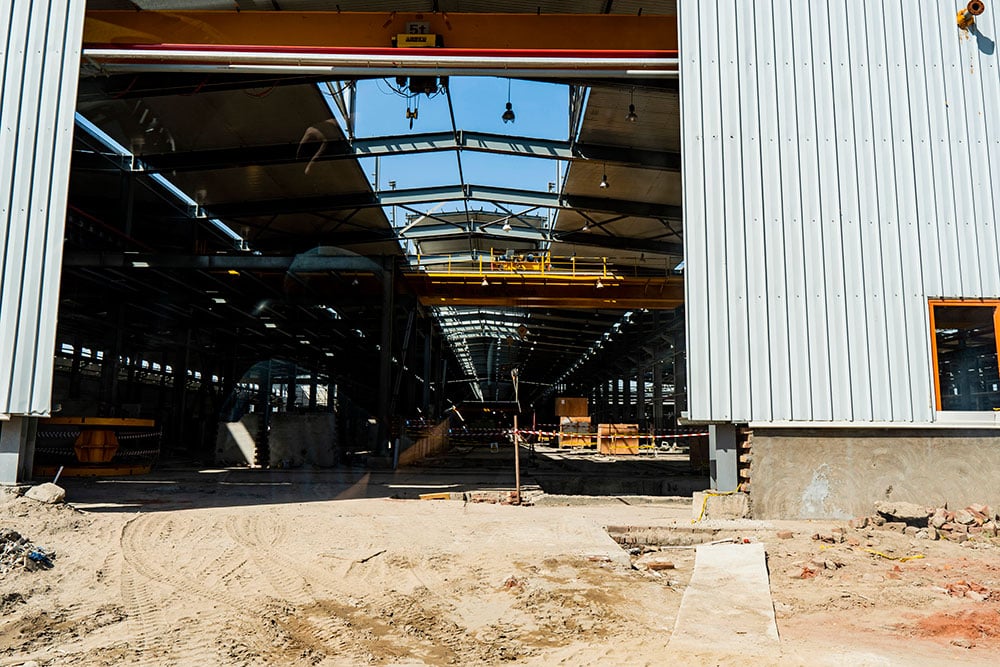
Unplanned planning
Unworkable targets aside, the cost was also driven up by lack of planning by the outgoing PML-N government. The feasibility reports were hastily prepared and the construction started prematurely, explained a HCS employee. “A project like this had never been attempted in Pakistan, hence there were many hidden costs. The prices of which were underestimated.” Another senior representative of the company says, “The 22-month-long court stay and the rising cost of steel and concrete increased the overall overheads.” Their deficit, he claims, runs up to Rs 3 billion.
The issue of non-payment was also raised in the Supreme Court while it was hearing the OLMT case last year. The construction firms informed the Court that two cheques issued to the company by the PML-N government had bounced.
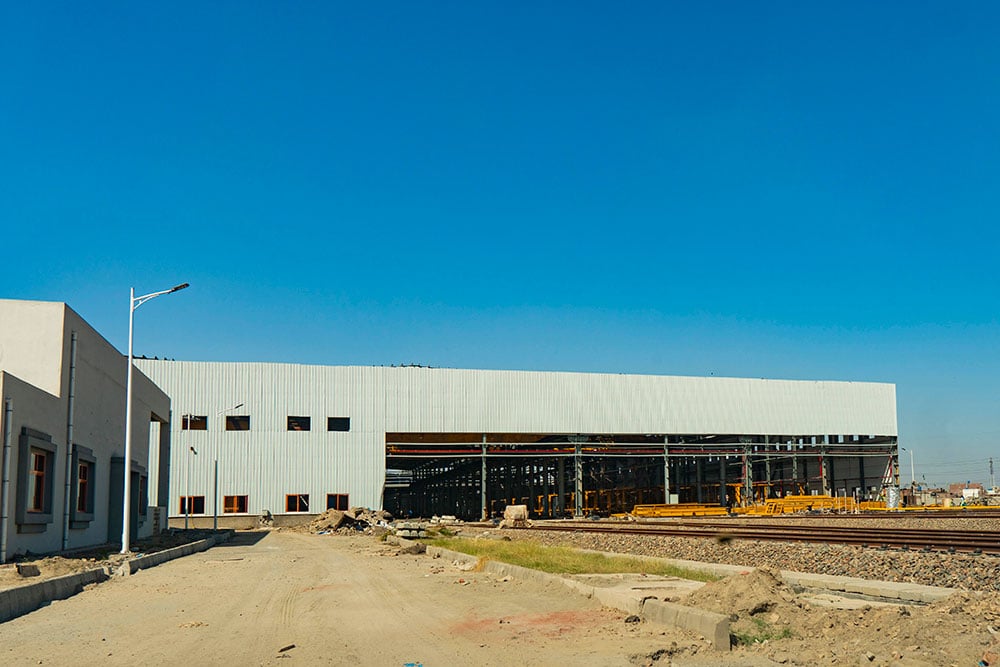
Meanwhile, a report in a local daily called the OLMT the most cost-intensive project in world, led to the CR-NORINCO releasing a statement on September 1 to put to rest any speculation: “It was mentioned in the [news] report that the government has procured 27 five-car trains (total 135 coaches), besides track laying and electrical and mechanical works by Chinese engineers, for whopping a $1,000 million, which is over 60 per cent of total project cost. However, the above-mentioned report disaccords with the facts after verification. As a matter of fact, the total contract value undertaken by the joint venture of China Railway Corporation and China North Industry Corporation (hereinafter referred to as “CR-NORINCO”) is $920 million.”
But the confusion persists, at all levels of the project.
No one even at the Lahore Development Authority wants to take responsibility. When asked to comment, assistant directors at the LDA would say, “We have nothing to do with the project,” before redirecting it to someone else.
But someone will need to step up. Someone will need to roar up the engine and personally helm the project towards completion, if Pakistan is to get its first metro train.
Originally published here: https://www.geo.tv/latest/215802-the-orange-line-metro-train-which-way-forward
Sheikh is a freelance writer based in Lahore

